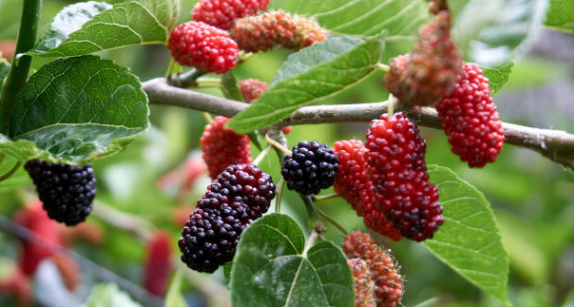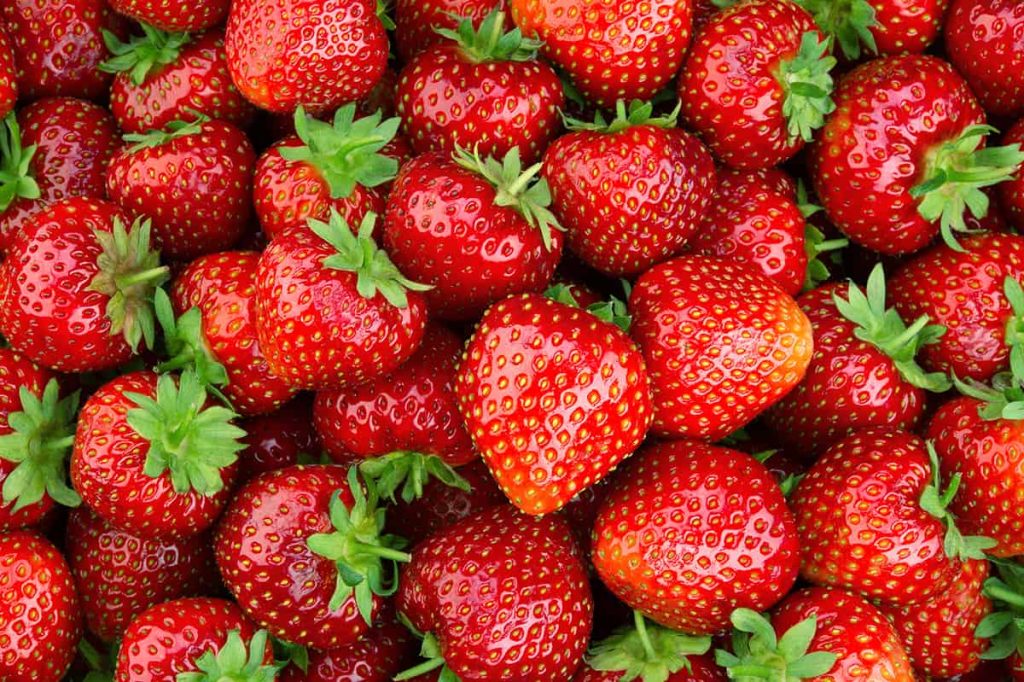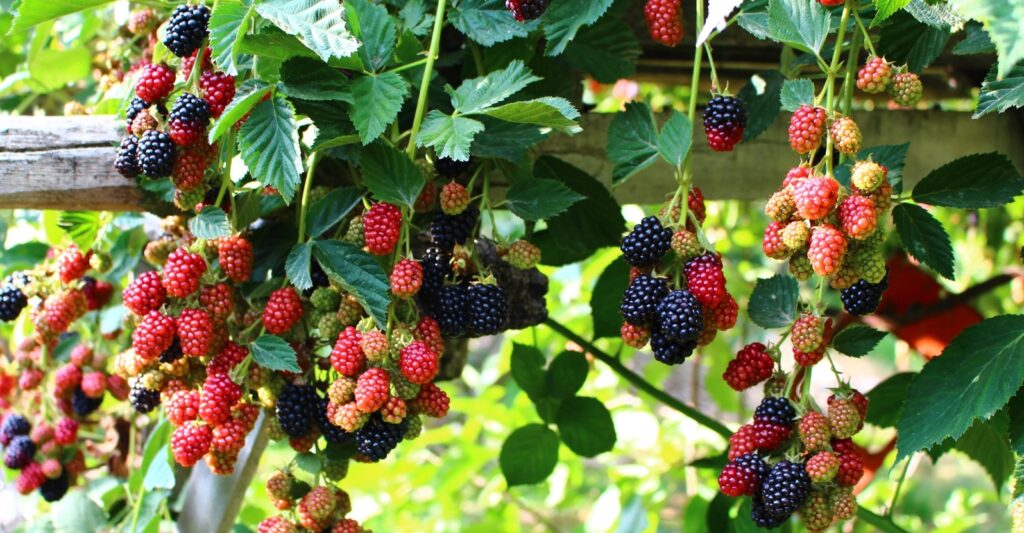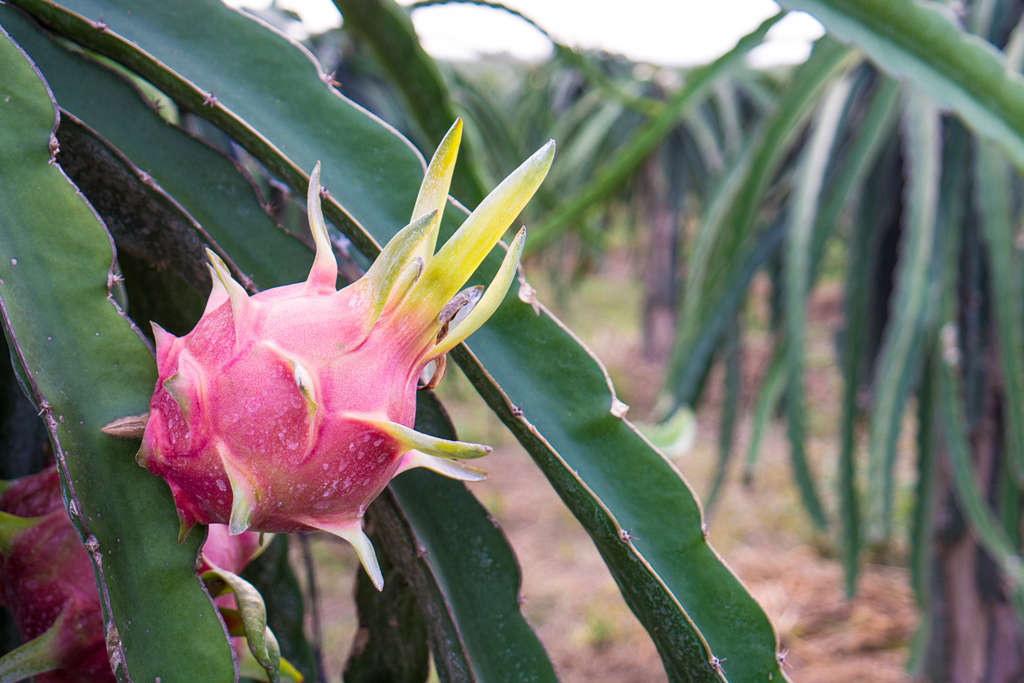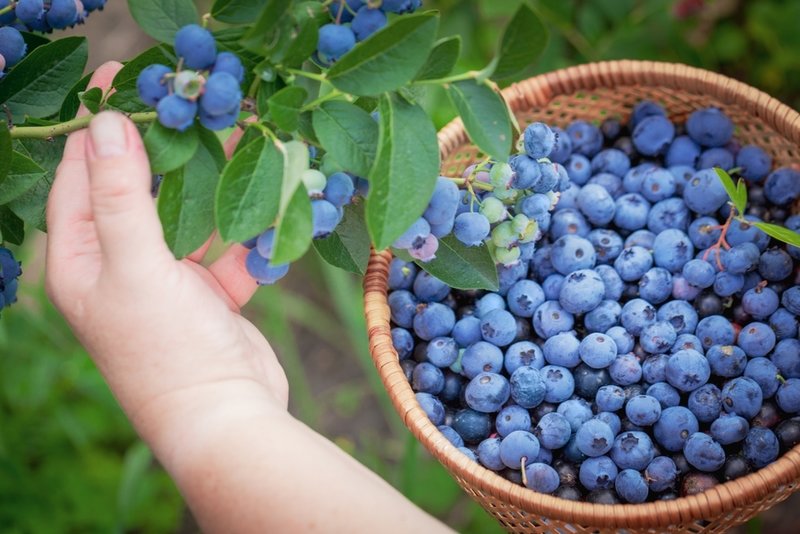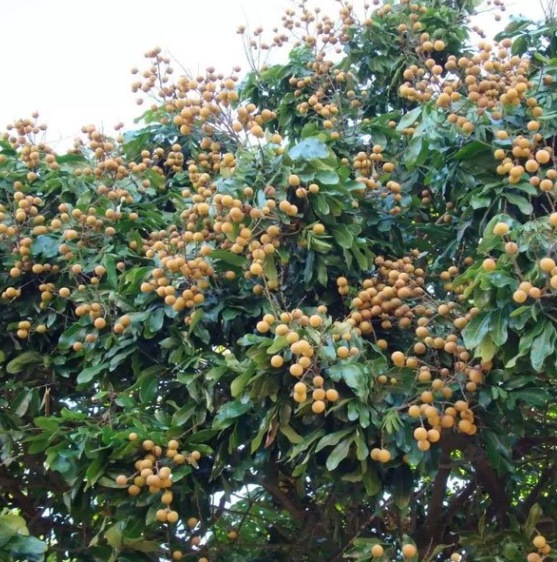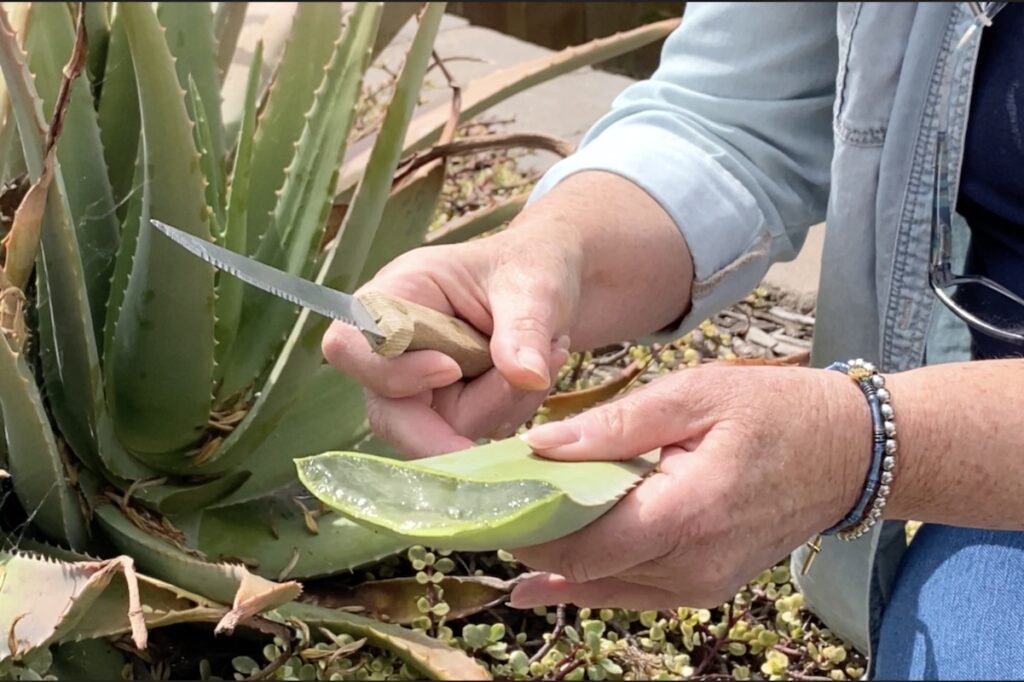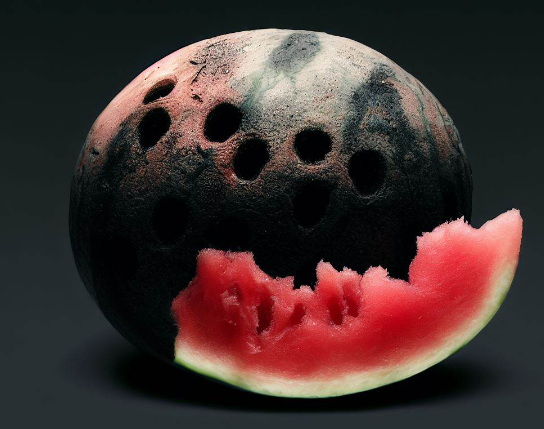If you enjoy having fruit trees in your yard, you know they need the right food and care to grow well and make lots of tasty fruit.
Fertilizers are important because they give fruit trees the food they need to grow big and strong. In this article, we’re going to talk about whether 16-16-16 fertilizer is a good choice for feeding fruit trees.
Table of Contents
- Can 16-16-16 Fertilizer Be Used for Fruit Trees?
- What is 16-16-16 Fertilizer?
- What’s in It?
- Why NPK Matters
- Why a Balanced Mix is Best
- Good Things About Using 16-16-16 Fertilizer for Fruit Trees
- 1. Trees Grow Up Healthy
- 2. More Fruit on the Trees
- 3. Better Roots Mean a Stronger Tree
- 4. Trees Can Fight Off Sick Better
- How to Use 16-16-16 Fertilizer Right
- 1. When to Feed Your Trees
- 2. Different Ways to Put the Fertilizer on the Soil
- 3. How Much Fertilizer to Use
- 4. Be Safe and Take Care
- Understanding 16-16-16 Fertilizer Better
- 1. The Chance of Overfeeding Plants
- 2. Depending Only on Artificial Fertilizers
- 3. Taking Care of Nature
- Helpful Hints for Helping Fruit Trees Grow Strong and Healthy
- 1. Cutting Branches the Right Way
- 2. Watering Trees Just Right
- 3. Finding Out What Your Soil Needs
- 4. Benefits of Mulching
- How to Tell if Your Fruit Trees Are Healthy
- 1. Looking for Clues of Missing Nutrients
- 2. Testing Leaves and Soil
- Solving Problems with Fruit Trees
- 1. Bugs and Sickness
- 2. Leaves Turning Yellow or Different Colors
- 3. Fruit That’s Not Good
- Conclusion
- FAQs
- Can I use 16-16-16 fertilizer for all fruit tree varieties?
- Is 16-16-16 fertilizer suitable for young fruit trees?
- How often should I apply 16-16-16 fertilizer to my fruit trees?
- Can I use 16-16-16 fertilizer on potted fruit trees?
- Are there any natural alternatives to 16-16-16 fertilizer?
Can 16-16-16 Fertilizer Be Used for Fruit Trees?
Yes, 16-16-16 fertilizer is a good option for fruit trees. It has an even mix of nutrients that help the trees grow, make fruit, get strong roots, and fight off diseases.
What is 16-16-16 Fertilizer?
What’s in It?
The name 16-16-16 fertilizer comes from the mixture of nutrients it contains.
The numbers tell you that it is made up of 16% nitrogen (N), 16% phosphorus (P), and 16% potassium (K). These are three important foods that fruit trees need to be healthy.
Why NPK Matters
NPK stands for nitrogen, phosphorus, and potassium—the three main ingredients in the fertilizer.
Nitrogen helps the tree grow leaves and branches, phosphorus is good for the roots and flowers, and potassium makes the fruit grow and helps the tree fight off illnesses. With 16-16-16, your fruit trees get everything they need in just the right amounts.
Why a Balanced Mix is Best
If a fruit tree gets too much or too little of a certain nutrient, it won’t grow well. With 16-16-16 fertilizer, you give your trees a balanced mix of nutrients all year long. This helps them grow the best fruit and stay healthy.
Good Things About Using 16-16-16 Fertilizer for Fruit Trees
Let’s look at some of the benefits of using 16-16-16 fertilizer for your fruit trees:
1. Trees Grow Up Healthy
This fertilizer has the right mix of nutrients to help the whole tree grow. Nitrogen makes the leaves green, which helps turn sunlight into food for the tree. Phosphorus helps the tree grow strong roots, and potassium keeps all the tree’s parts working well together.
This means the tree will be strong and green with plenty of leaves. And when a tree is happy like that, it’s set to make lots of fruit.
2. More Fruit on the Trees
Fruit trees that get the right nutrients can make loads of fruit. The phosphorus in 16-16-16 helps blossoms grow, and those blossoms turn into fruit. This means you’ll get a lot of fruit, and it will be good and tasty, too.
3. Better Roots Mean a Stronger Tree
The roots are like the feet of the tree—they need to be strong so the tree can soak up water and nutrients from the soil. Phosphorus in the fertilizer is like food for the roots, so they grow deep and strong. A tree with good roots is a happy tree, ready to make fruit for years to come.
4. Trees Can Fight Off Sick Better
Just like people, trees can get sick too. But the potassium in the fertilizer is like vitamin C for the tree—it helps the tree stay strong so it doesn’t get sick. When a tree can fight off diseases, it means more healthy fruit for you to enjoy.
How to Use 16-16-16 Fertilizer Right
For the best results, you need to use 16-16-16 fertilizer the right way. Here are some tips:
1. When to Feed Your Trees
The best time to give your trees fertilizer is when they are growing, like in the spring and again toward the end of summer. But make sure to follow the instructions on the fertilizer bag or ask someone who knows about trees, because if you do it at the wrong time, the tree might not use the food, and it could go to waste.
2. Different Ways to Put the Fertilizer on the Soil
You can spread the fertilizer pellets all around the ground where the tree’s branches end—this is called the dripline. Or, you can dig shallow holes and put the pellets there. Just don’t put the pellets near the tree’s trunk because that could hurt the roots.
3. How Much Fertilizer to Use
How much 16-16-16 you use depends on how big the tree is, how old it is, and what kind of soil you have. Look at the instructions on the bag or talk to a tree expert to figure out how much to use. It’s really important not to use too much because it could harm the tree.
4. Be Safe and Take Care
Even though 16-16-16 is safe to use, you should still be careful. Wear gloves and make sure the fertilizer doesn’t spill or spread where it’s not supposed to go.
It’s really important to be careful. You should wear gloves and other protective gear when you put the fertilizer on. This will help you avoid touching it too much.
Keep the fertilizer in a place that’s cool and dry. And make sure kids and pets can’t get to it. If you have some you’re not going to use, or if it’s old, you need to throw it away the right way so it doesn’t hurt nature.
Understanding 16-16-16 Fertilizer Better
People often get things wrong about 16-16-16 fertilizer, so let’s clear those up.
1. The Chance of Overfeeding Plants
A lot of folks think 16-16-16 fertilizer can burn plants pretty bad.
Sure, if you use too much fertilizer or don’t follow directions, it can damage plants. But 16-16-16 is usually safe if used the right way.
Stick to what the instructions say and chances of burning your plants are slim.
2. Depending Only on Artificial Fertilizers
Some argue that using only chemical fertilizers like 16-16-16 can make the soil less fertile over time and harm the planet.
True, chemical fertilizers are useful for growing fruit trees, but it’s also good to think about the overall picture. Adding stuff from nature to your soil, changing what you grow from time to time, and keeping the soil healthy are all important for long-term success in growing fruit trees.
3. Taking Care of Nature
There are also worries about how these chemical fertilizers could harm nature. The key to this is to use them the right way and follow the rules.
Knowing how much to use, checking what your soil needs, and watching the soil can all help stop too much fertilizer from getting into rivers and lakes and keeping the environment safe.
Helpful Hints for Helping Fruit Trees Grow Strong and Healthy
If you want your fruit trees to grow well and be healthy, consider these suggestions:
1. Cutting Branches the Right Way
Trimming your trees often helps them keep a good shape and lets more sunlight and air get to the leaves and branches.
It’s best to prune when trees are sleeping in the winter. Cut off any branches that are dead, hurt, or tangled up. This helps the tree focus on making strong, healthy fruit.
2. Watering Trees Just Right
It’s really important to give your fruit trees enough water in the right way. Go for deep watering once in a while instead of just a little water often.
This makes the roots go deep looking for water and food. Putting mulch around the tree keeps the water from drying out and stops weeds from growing too.
3. Finding Out What Your Soil Needs
Test your soil to see what the pH level is and what kind of food it has. Fruit trees like it a bit acidic, but not too much.
If the pH isn’t just right, you can add things to make it better. Testing for food the tree needs lets you know if you should give it more fertilizer.
4. Benefits of Mulching
Putting mulch around fruit trees can do a lot of good. It keeps the water in, stops weeds, keeps the soil temperature steady, and makes the soil better as the mulch breaks down.
Lay down some natural mulch, like wood chips or compost, near the tree but not touching the trunk.
How to Tell if Your Fruit Trees Are Healthy
There are signs you can look for to see if your fruit trees are doing well.
1. Looking for Clues of Missing Nutrients
Keep an eye on your trees for things like leaves turning yellow, slow growth, or weird colors on the leaves. These can be signs that your tree isn’t getting enough of certain foods.
If you spot these problems early, you can fix them and get your tree back to growing right.
2. Testing Leaves and Soil
To really understand what’s going on, think about getting the leaves and soil tested.
Leaf tests can tell you what nutrients the tree has, so you can adjust how much fertilizer you use. Soil tests tell you what’s in the soil, which helps you decide what kind of fertilizer to use.
Solving Problems with Fruit Trees
There are common problems with fruit trees that you can learn to fix.
1. Bugs and Sickness
Fruit trees can get attacked by bugs or get sick. To avoid this, check the trees often, clean up so bugs have nowhere to hide, and use natural ways to get rid of bugs if you have to. Growing types of trees that don’t get sick easily can also help.
2. Leaves Turning Yellow or Different Colors
When leaves change color, it might mean the tree needs different food, the watering is off, or bugs or sickness are a problem.
Look carefully to see what’s causing it and then change what you’re doing. Give the right food, water the right way, or deal with bugs or disease.
3. Fruit That’s Not Good
Poor fruit can be because the tree’s not getting the food it needs, it’s not being pollinated enough, or not enough sun is getting to it.
Make sure you provide the right nutrients, help with pollination if needed, and trim branches so sunlight can reach the fruit.
To make sure fruit trees pollinate well, attract bugs or do pollination by hand. Also, cut back plants around the tree so the sun can shine on the fruit. This will make the fruit better.
Conclusion
The fertilizer with equal parts of nitrogen, phosphorus, and potassium, known as 16-16-16, is great for fruit trees. It gives them what they need to grow strong, make more fruit, have better roots, and fight off illnesses.
If you learn what’s in 16-16-16 fertilizer and how to use it right, your fruit trees can grow well and make a lot of fruit. It’s good to know about other choices too, get rid of misunderstandings, and take care of your trees in all ways to keep them healthy for a long time.

